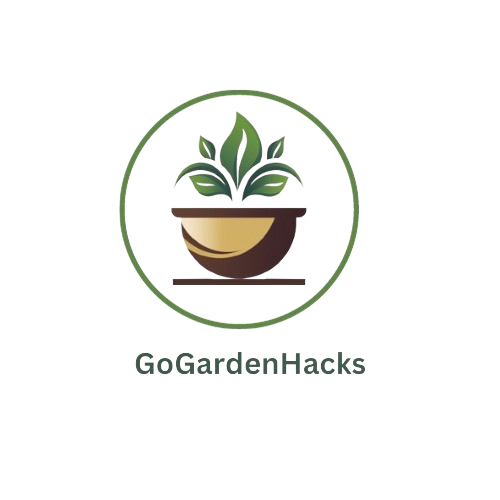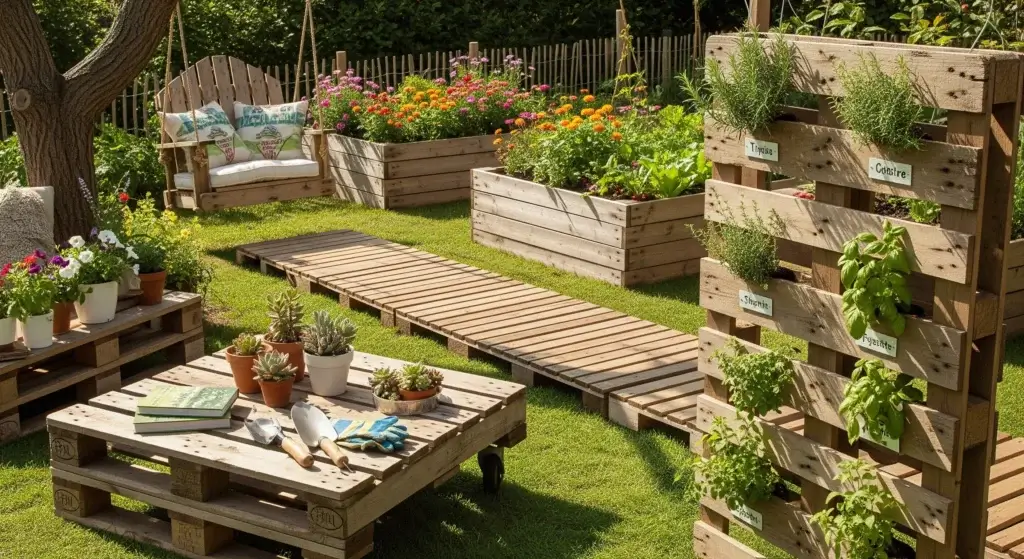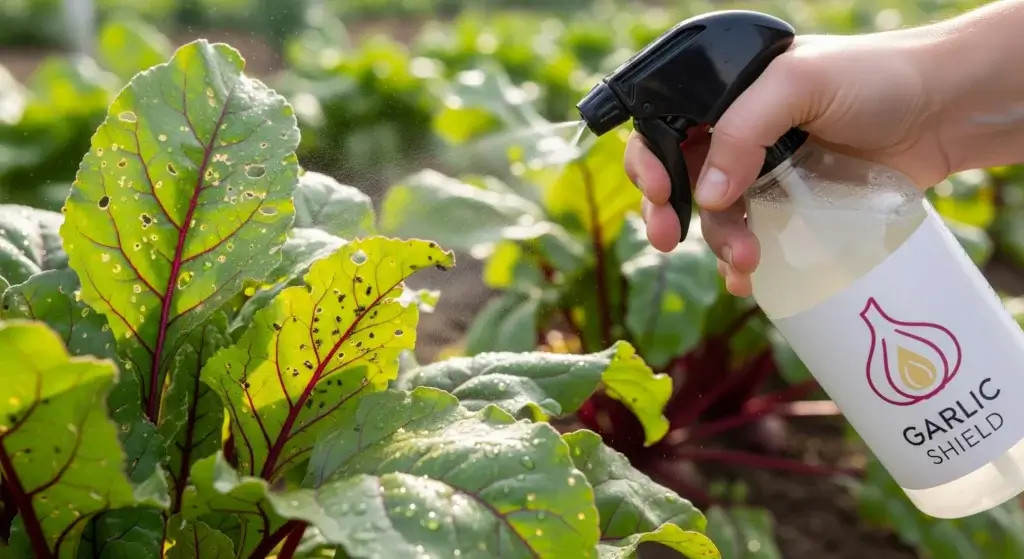
Fertilizing your plants doesn’t have to be expensive or complicated.
Many of the nutrients your garden needs can be found in common household items.
By making your own DIY fertilizers, you not only save money but also contribute to a more sustainable environment.
Let’s explore some easy, eco-friendly fertilizer recipes using everyday kitchen scraps and household materials.
Why DIY Fertilizer?
Save money
Commercial fertilizers can be expensive, particularly if you have a large garden or multiple plants to care for.
By using food scraps and everyday household items, you can create your own fertilizer at a fraction of the cost.
This not only helps your plants thrive but also keeps more money in your pocket.
- Read also: A Comprehensive Guide: Inorganic vs Organic Fertilizers
- Read also: Pros and Cons of Inorganic Fertilizers: A Comprehensive Guide for Gardeners
Eco-friendly
DIY fertilizers are a great way to reduce waste and support a more sustainable lifestyle.
Instead of tossing out organic materials like banana peels, eggshells, or coffee grounds, you can recycle them into nutrient-rich plant food.
This small change can make a big difference for the environment.
Control what goes into your soil
Many store-bought fertilizers contain synthetic chemicals that may harm the environment or even your food crops.
When you make your own fertilizer, you know exactly what’s in it.
You can choose natural, safe ingredients that are better for your plants, your health, and the planet.
Simple and convenient
Making your own fertilizer is easier than you might think.
Most recipes use common kitchen scraps or items you already have at home.
With just a little effort, you can create a powerful, natural fertilizer that keeps your garden healthy and thriving.

DIY Fertilizer Recipes
Eggshell fertilizer
Best for: Tomatoes, peppers, and other plants that need calcium.
Eggshells are packed with calcium, which helps plants like tomatoes and peppers avoid blossom-end rot—a common issue caused by calcium deficiency.
To use them, simply crush dried eggshells into small pieces and sprinkle them around your plants or mix them into the soil.
For a liquid option, soak the crushed shells in water for a few days, then use the water to nourish your plants.
How to use
- Rinse and dry eggshells.
- Crush them into small pieces.
- Sprinkle around plants or mix into the soil.
- For liquid fertilizer, soak crushed shells in water for 2-3 days, then strain and use the water.
Banana peel fertilizer
Best for: Flowering plants and fruiting crops like roses, strawberries, and tomatoes.
Banana peels are rich in potassium and phosphorus, which help plants grow strong and produce vibrant flowers and fruits.
You can chop up banana peels and bury them near the roots of your plants, or soak them in water to make a nutrient-rich “banana tea” for watering.
How to use
- Chop banana peels into small pieces.
- Bury them near the base of your plants.
- For banana tea, soak peels in water for 2-3 days, then strain and use the water to feed your plants.
Coffee grounds fertilizer
Best for: Acid-loving plants like roses, blueberries, and azaleas.
Coffee grounds are an excellent source of nitrogen, which helps plants grow lush, green leaves.
You can sprinkle dried coffee grounds directly onto the soil or mix them into your compost pile.
Be careful not to overdo it, though, as too much can make the soil too acidic for some plants.
How to use
- Dry used coffee grounds to prevent mold.
- Sprinkle a thin layer around the base of your plants.
- Alternatively, mix them into your compost for a balanced nutrient boost.

Compost tea fertilizer
Best for: Boosting overall plant health and increasing microbial activity in the soil.
Compost tea is a nutrient-rich liquid made by soaking finished compost in water.
This process extracts beneficial nutrients and microbes, which help plants grow stronger and healthier.
After steeping the compost for 24-48 hours, strain the liquid and use it to water your plants.
It’s like giving your garden a supercharged drink!
How to use
- Fill a bucket with water and add a shovel of finished compost.
- Let it steep for 24-48 hours, stirring occasionally.
- Strain the liquid and use it to water your plants.
Epsom salt fertilizer
Best for: Tomatoes, peppers, and leafy greens.
Epsom salt is a simple yet powerful fertilizer that provides magnesium and sulfur—two nutrients essential for healthy plant growth and chlorophyll production.
To use it, dissolve one tablespoon of Epsom salt in a gallon of water.
You can spray this solution directly on plant leaves or pour it into the soil around the base of your plants once a month.
How to use
- Dissolve 1 tablespoon of Epsom salt in 1 gallon of water.
- Use it as a foliar spray or pour it into the soil.
- Apply once a month for best results.
Aquarium water
Best for: Houseplants and garden beds.
If you have an aquarium, don’t throw away the water when you clean the tank!
Used aquarium water is rich in nitrogen and beneficial bacteria from fish waste, making it an excellent natural fertilizer for your plants.
Just be sure to avoid using water from saltwater tanks, as the salt can harm your plants.
How to use
- Collect water from your freshwater aquarium during cleaning.
- Use it to water your houseplants or garden beds.
- Avoid using water from saltwater tanks.

General Tips for Using DIY Fertilizers
Don’t over-fertilize
Using too much fertilizer can harm your plants rather than help them.
Start with small amounts and see how your plants react.
Over-fertilizing can lead to nutrient burn or stunted growth, so moderation is key.
Test first
Not all plants have the same nutrient needs.
Before applying a DIY fertilizer to your entire garden, test it on a small section or a single plant.
This helps you avoid potential damage and ensures the fertilizer works well for your specific plants.
Observe your plants
Pay attention to your plants’ health.
Signs like yellowing leaves, slow growth, or poor flowering can indicate nutrient deficiencies.
Adjust your fertilization routine based on what your plants need.
Combine methods
Using a variety of DIY fertilizers can provide a balanced mix of nutrients.
For example, combine eggshells for calcium, banana peels for potassium, and compost tea for microbial health.
This approach ensures your plants get everything they need to thrive.
Consider soil pH
Some fertilizers, like coffee grounds, can change the acidity of your soil.
Regularly test your soil’s pH to ensure it stays in the optimal range for your plants.
This helps you avoid issues caused by overly acidic or alkaline soil.

- Read also: The Ultimate Guide: Homemade DIY Plant Fertilizer Indoor
- Read also: A Beginner’s Guide: Essential Tips for Fertilizing Pumpkins
Final Thoughts
DIY fertilizers offer a cost-effective, sustainable way to nourish your plants while reducing household waste.
With simple ingredients like eggshells, banana peels, and coffee grounds, you can create powerful plant boosters right from your kitchen.
Experiment with different methods and enjoy healthier, more vibrant plants!
FAQs
It’s best to alternate between fertilizers based on your plants’ needs rather than applying them all at once.
Most DIY fertilizers can be used every few weeks, but frequency depends on plant type and soil conditions.
Most are safe, but some plants may have specific nutrient requirements. Always test before applying widely.



